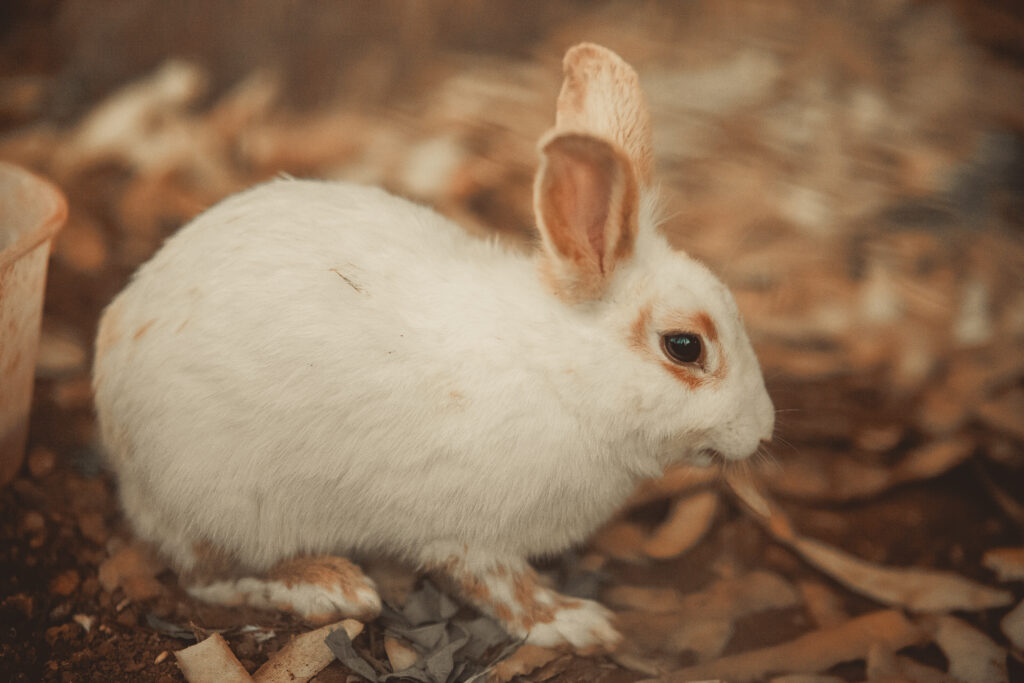Are you tired of staring at outdated wallpaper in your home? Fear not! In this article, we will guide you through the process of removing wallpaper step by step. Say goodbye to those tacky patterns and hello to a fresh, blank canvas. Whether you’re a DIY enthusiast or a first-timer, we’ve got you covered. So grab your tools and let’s get started on your journey to a beautifully bare wall.

Preparing the Space
Before you start removing wallpaper, it’s important to prepare the space properly. Here are a few steps to follow:
Gather the necessary tools and supplies
To make the wallpaper removal process smoother and more efficient, gather the following tools and supplies:
- Wallpaper removal solution or fabric softener
- Wallpaper scoring tool or sandpaper
- Putty knife or scraper
- Bucket of warm water
- Sponge or cloth
- Plastic drop cloths or tarps
- Painter’s tape
- Protective gloves and goggles
Having all these items ready before you begin will save you time and ensure you have everything you need to successfully remove the wallpaper.
Protect the surrounding area
Wallpaper removal can get messy, so it’s important to protect the surrounding area. Cover the floor with plastic drop cloths or tarps to catch any drips or debris. Use painter’s tape to secure the edges of the drop cloths and prevent them from moving while you work. This will help keep your floors clean and make the cleanup process easier.
Remove any furniture or fixtures
To give yourself more space to work and avoid any damages, remove any furniture or fixtures near the wallpapered walls. Clear the area and store the items safely away from the workspace. This will prevent any accidental damage to your belongings and make the wallpaper removal process more convenient.
Testing the Wallpaper
Before you dive into removing the wallpaper, it’s important to determine the type of wallpaper you’re dealing with. Some wallpapers are easier to remove than others, so conducting a simple test will help you choose the right removal method.
Identify the type of wallpaper
Wallpapers can be categorized into two main types: strippable and non-strippable. Strippable wallpaper is designed to be easily removed by peeling it off the wall in large sheets. Non-strippable wallpaper, on the other hand, requires more effort and usually needs to be scraped off.
To identify the type of wallpaper, look for seams or loose edges. If you can easily lift the wallpaper from a corner or seam, it’s likely strippable. If the wallpaper is firmly adhered to the wall and doesn’t easily come off, it’s non-strippable.
Test for strippable wallpaper
To test if the wallpaper is strippable, grab a loose edge or corner and gently tug it away from the wall. If the wallpaper starts to peel off easily, you have strippable wallpaper. In this case, you can proceed with the strippable wallpaper removal method.
Test for non-strippable wallpaper
If the wallpaper doesn’t peel off easily, it’s non-strippable. To remove non-strippable wallpaper, you’ll need to score it and apply a wallpaper removal solution. This will help loosen the wallpaper adhesive and make it easier to scrape off.

Removing Strippable Wallpaper
If you’ve determined that your wallpaper is strippable, here’s how you can remove it:
Start at a corner or seam
Begin by finding a corner or seam where you can easily lift the wallpaper. Use your fingers or a putty knife to peel back the wallpaper gently. Start at a low angle to avoid tearing the wallpaper.
Peel off the wallpaper
Once you have an edge lifted, slowly peel the wallpaper off the wall. Use steady, even pressure and pull the wallpaper towards you. Try to keep the wallpaper intact as much as possible to make the removal process cleaner and easier.
Remove any remaining adhesive
After removing the wallpaper, you may find some adhesive residue left on the wall. To remove it, dampen a cloth or sponge with warm water and rub the adhesive gently. If the adhesive is stubborn, you can use a wallpaper removal solution or a mixture of warm water and mild dish soap. Rinse the wall with clean water and let it dry before proceeding with any repairs or cleaning.
Removing Non-Strippable Wallpaper
If your wallpaper is non-strippable, follow these steps to remove it:
Score the wallpaper
Using a wallpaper scoring tool or sandpaper, score the surface of the wallpaper. This will create small perforations that allow the wallpaper removal solution to penetrate the adhesive underneath. Be careful not to score too deeply and damage the wall beneath.
Apply a wallpaper removal solution
Once the wallpaper is scored, apply a wallpaper removal solution or a mixture of equal parts warm water and fabric softener. Apply the solution generously, saturating the wallpaper and allowing it to penetrate the adhesive for a few minutes. This will help loosen the wallpaper and make it easier to scrape off.
Scrape off the wallpaper
After the solution has had time to work, use a putty knife or scraper to scrape off the wallpaper. Start at a corner or seam and work your way across the wall, applying gentle pressure to lift and remove the wallpaper. Be patient and take your time to avoid damaging the wall beneath.

Dealing with Difficult Areas
Removing wallpaper can be challenging in certain areas, but with the right approach, you can tackle these tricky spots:
Removing wallpaper around outlets and switches
When removing wallpaper around electrical outlets and switches, it’s important to turn off the power to the area. Use a screwdriver to remove the outlet covers and switches carefully. Take extra caution not to damage the electrical components. Once the covers are removed, follow the appropriate wallpaper removal method for your specific type of wallpaper. After the wallpaper is removed, clean the area thoroughly and ensure it’s completely dry before reinstalling the covers and turning the power back on.
Removing wallpaper from textured walls
Textured walls can make wallpaper removal more challenging, as the textured surface can hold the adhesive more strongly. To remove wallpaper from textured walls, you may need to score or sand the wallpaper more deeply than you would on a smooth wall. Apply a generous amount of wallpaper removal solution and let it soak for a bit longer to loosen the adhesive. Use a scraper or putty knife with a wider, rounded edge to navigate the texture and remove the wallpaper in a gentle, consistent motion.
Removing wallpaper from delicate surfaces
If you’re dealing with a delicate surface, such as wallpaper that has been applied over plaster or drywall repairs, extra care is required during the removal process. Start by testing a small section of the wallpaper with the removal method that’s appropriate for the type of wallpaper. If the wallpaper or surface shows any signs of damage or weakness, it’s best to seek professional assistance. A professional can assess the situation and provide guidance on the safest approach for your particular delicate surface.
Repairing Damaged Walls
Wallpaper removal can sometimes result in minor damages to the wall surface. Here’s how you can repair those damages:
Fill in any holes or cracks
Inspect the walls for any holes, cracks, or other damages caused during the wallpaper removal process. Use a lightweight spackling compound or joint compound to fill in any small holes or cracks. Apply the compound using a putty knife and smooth it out to create a seamless surface. Allow the compound to dry completely before moving to the next step.
Sand the surface
Once the spackling compound has dried, use sandpaper to smooth out the repaired areas and the rest of the wall. Sanding will help blend the repaired sections with the surrounding wall and create a smooth, even surface. Wipe away the dust with a clean cloth or sponge after sanding.
Prime the walls
Before applying a fresh coat of paint or new wallpaper, it’s essential to prime the walls. Primer creates a protective barrier, helps the paint or wallpaper adhere better, and prevents any previous wallpaper or adhesive from bleeding through. Choose a primer that’s suitable for your wall surface and follow the manufacturer’s instructions for application. Allow the primer to dry completely before moving on to the next steps.
Cleaning Up
After the wallpaper has been removed and any necessary repairs have been made, it’s time to clean up the workspace:
Dispose of the removed wallpaper
Properly dispose of the removed wallpaper by folding it or rolling it up tightly. Place it in a trash bag or wrapping paper to contain any mess or debris. Check your local regulations to determine the appropriate disposal method. Some areas may allow you to dispose of wallpaper with regular household waste, while others may require special procedures.
Clean the walls
Using a sponge or cloth dampened with a mild cleaning solution, clean the walls to remove any remaining residue or dust. Be cautious not to saturate the walls with too much water, as excessive moisture can damage the wall surface. Rinse the sponge or cloth frequently and change the cleaning solution as needed. Once the walls are clean, allow them to dry completely before proceeding with any paint or wallpaper application.
Clean the tools and supplies
After completing the wallpaper removal process, clean the tools and supplies you used. Rinse all brushes, scrapers, and sponges with warm water to remove any residual wallpaper or adhesive. Store the cleaned tools properly for future use. Dispose of any empty containers or rags in accordance with local waste disposal guidelines.
Removing Wallpaper Borders
If you have wallpaper borders that need to be removed, here’s how you can do it:
Determine the type of border
Wallpaper borders can be either strippable or non-strippable, similar to the main wallpaper. Assess the edges of the border to determine if it can be easily peeled off or if it requires additional removal steps.
Loosen the edges
To remove a strippable wallpaper border, start by loosening the edges using your fingers or a putty knife. Lift the edge carefully, and if it peels away easily, continue to peel off the border. If the border doesn’t come off easily, score the surface with a wallpaper scoring tool, then apply a wallpaper removal solution and let it soak for a few minutes. This will loosen the adhesive and make it easier to remove the border.
Remove the border
Once the border is loose, gently pull it away from the wall, keeping it as intact as possible. If the border is stubborn, use a scraper or putty knife to lift it off the wall. Be cautious not to damage the underlying wall surface. After removing the border, clean the area thoroughly to remove any adhesive residue.
Removing Wallpaper Glue Residue
After removing wallpaper, you may be left with sticky glue residue on the wall. Here’s how you can clean it up:
Mix a cleaning solution
Create a cleaning solution by mixing warm water with a mild dish soap or a wallpaper removal solution. Use about a tablespoon of soap or solution per gallon of water. Stir the mixture until it’s well combined.
Apply the solution to the residue
Dampen a sponge or cloth with the cleaning solution and gently apply it to the glue residue. Allow the solution to sit on the residue for a few minutes to loosen it.
Scrub and wipe off the residue
Using the sponge or cloth, scrub the residue in a circular motion. Apply gentle pressure to avoid damaging the wall surface. If needed, use a scraper or putty knife to help remove stubborn residue. Keep rinsing the sponge or cloth and changing the cleaning solution as necessary. Once the residue is completely removed, rinse the wall with clean water and let it dry before proceeding with any repairs or paint application.
Final Steps
Once the wallpaper removal process is complete, here are the final steps to finish off the project:
Inspect the walls for any remaining adhesive or paper
Carefully inspect the walls to ensure there are no remaining traces of adhesive or paper. If you spot any, remove them using the appropriate method discussed earlier. Leaving behind any residue or paper can affect the outcome of your new wall treatment.
Apply a fresh coat of paint or new wallpaper
Now that the walls are clean and free from any debris, you can proceed with your desired wall treatment. Apply a fresh coat of paint or choose a new wallpaper to transform the space and give it a refreshed look. Follow the manufacturer’s instructions for paint application or consult the installation guidelines for the chosen wallpaper.
Enjoy your refreshed space
Once the paint has dried or the new wallpaper is installed, step back and admire your refreshed space. Removing old wallpaper can be a time-consuming task, but with patience and the right techniques, your efforts have paid off. Enjoy your newly transformed room and take pride in the work you’ve accomplished.
We hope this step-by-step guide to wallpaper removal has provided you with the knowledge and confidence to tackle this project. Remember to take your time, use the proper tools and techniques, and always prioritize safety. When done correctly, wallpaper removal can be a rewarding process that rejuvenates your living space.




